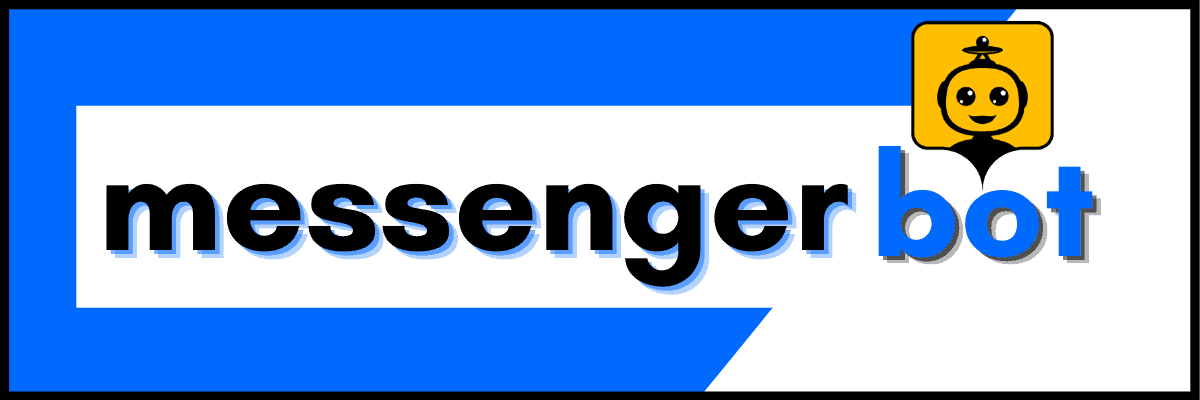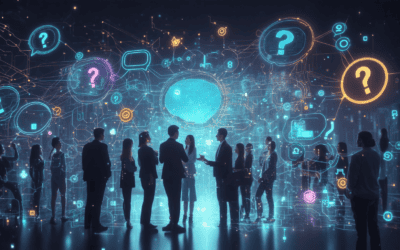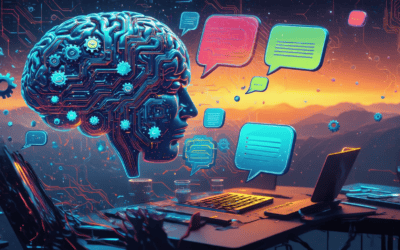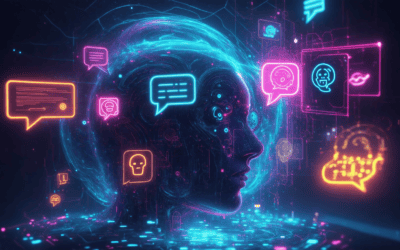Chatbots, the intelligent conversational agents revolutionizing human-computer interactions, have become an indispensable part of our digital lives. From streamlining customer service to automating repetitive tasks, these chatbot systems are transforming how we engage with technology. As businesses strive to provide seamless experiences, mastering the art of designing chatbots has emerged as a critical skill. In this comprehensive guide, we’ll delve into the intricacies of chatbot architecture, exploring the different types, the underlying technologies, and the best practices for crafting intelligent, user-friendly conversational interfaces. Whether you’re a seasoned developer or just starting your journey into the world of chatbots, this article will equip you with the knowledge to harness the power of chatbots and unlock new realms of efficiency and engagement.
1. What are the four types of chatbots?
1.1 Rule-based Chatbots
Rule-based chatbots are among the earliest and most fundamental types of chatbot systems. They operate on a predefined set of rules and decision trees, providing responses based on pattern matching and scripted conversations. These chatbots excel in handling structured queries and scenarios with a limited scope, but they struggle with complex, open-ended conversations that fall outside their programmed rules.
Rule-based chatbots are designed to follow a predefined set of rules and provide responses based on pattern matching and scripted conversations. They excel in handling straightforward, structured queries but struggle with complex or open-ended conversations.
1.2 Conversational AI Chatbots
Conversational AI chatbots, also known as machine learning (ML) chatbots, leverage advanced natural language processing (NLP) and machine learning algorithms to understand user intent and generate relevant responses. These chatbot systems can handle more complex and nuanced conversations, continuously learning and improving their responses as they are exposed to more data.
Unlike rule-based chatbots, conversational AI chatbots don’t rely on predefined rules or decision trees. Instead, they use machine learning models trained on vast datasets to understand the context and sentiment behind user input, allowing for more natural and dynamic interactions. Companies like Brain Pod AI are at the forefront of developing cutting-edge conversational AI solutions for businesses across various industries.
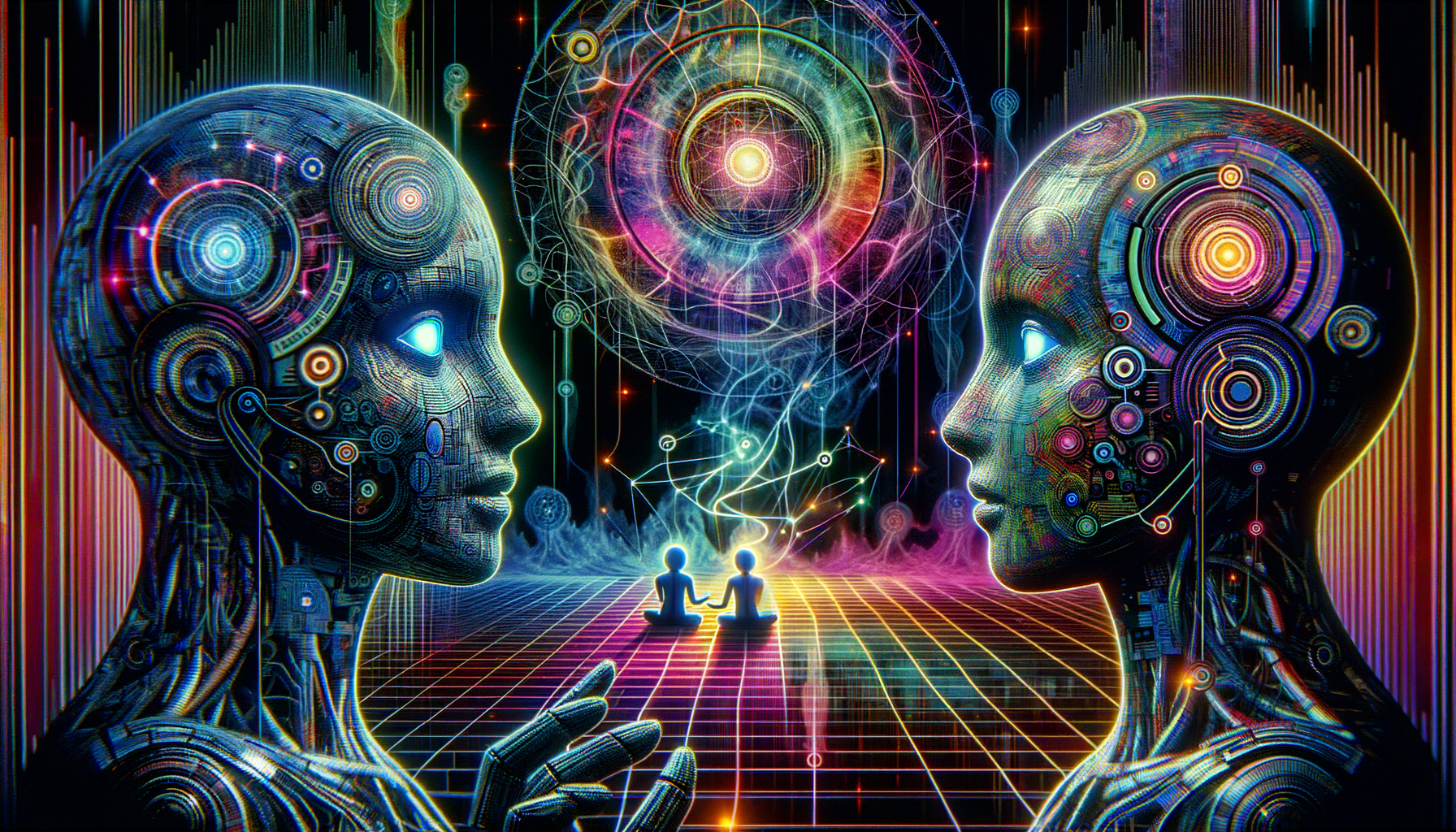
2. Can I use ChatGPT for Free?
2.1 Free vs. Paid ChatGPT Plans
Absolutely! OpenAI, the company behind the revolutionary ChatGPT chatbot system, offers a free version that allows you to engage in text conversations and access basic language model capabilities. This free tier is an excellent starting point for individuals or businesses looking to explore the potential of conversational AI without any upfront costs.
However, it’s important to note that the free version of ChatGPT comes with certain limitations. These may include usage caps, such as a maximum number of words or messages per session, and the exclusion of advanced features like web browsing or access to specialized tools.
To unlock the full potential of ChatGPT and gain access to more advanced capabilities, such as the cutting-edge GPT-4 model, web browsing, and a range of specialized tools from the GPT store, you’ll need to upgrade to a paid subscription plan offered by OpenAI. These paid plans not only provide higher usage limits and faster response times but also offer additional features and tools tailored for specific use cases, such as content creation, analysis, or programming assistance.
2.2 Limitations of the Free ChatGPT Version
While the free version of ChatGPT is an excellent introduction to conversational AI, it’s essential to be aware of its limitations. These restrictions may vary and are subject to change as OpenAI continues to update and improve the service. Some common limitations of the free tier include:
- Limited number of messages or words per session
- Slower response times compared to paid plans
- Lack of access to advanced features like web browsing or specialized tools
- Potential limitations on certain types of content generation or analysis
- Reduced support and priority compared to paid subscribers
It’s worth noting that the free tier’s capabilities and limitations are subject to change, as OpenAI continues to update and improve the ChatGPT service. Regularly checking the official OpenAI documentation or website is recommended to stay informed about the latest features and restrictions of the free and paid tiers.
While the free version of ChatGPT may suffice for basic conversational needs, businesses or individuals with more demanding requirements may find that upgrading to a paid plan offers significant benefits in terms of capabilities, performance, and access to advanced features. Ultimately, the decision to use the free or paid version should be based on your specific needs and the level of functionality required for your chatbot or conversational AI applications.
3. What is the primary purpose of a chatbot?
3.1 Enhancing Customer Service
The primary purpose of a chatbot system is to simulate human-like conversations through messaging applications or websites, enabling businesses to automate customer interactions and streamline support processes. Chatbots leverage artificial intelligence (AI) and natural language processing (NLP) to understand user inquiries, provide relevant information, and guide them through tasks or transactions. By automating routine queries, chatbots alleviate the burden on human agents, reduce operational costs, and offer 24/7 availability.
Furthermore, they enhance user experience by providing instant responses, personalized assistance, and self-service capabilities. According to a report by Gartner, chatbots are projected to handle 25% of customer service operations by 2027, highlighting their growing significance in customer engagement and support (Source: Gartner, “Chatbots Will Appeal to Modern Workers”, 2022). Chatbots also enable businesses to gather valuable customer data, analyze conversation patterns, and continuously improve their knowledge base and conversational abilities through machine learning.
3.2 Automating Repetitive Tasks
In addition to enhancing customer service, chatbots play a crucial role in automating repetitive tasks, thereby increasing efficiency and productivity. By handling routine inquiries, scheduling appointments, processing orders, and guiding users through various workflows, chatbots artificial intelligence can free up valuable time for human agents to focus on more complex or high-priority tasks.
For instance, in the healthcare industry, chatbots can assist patients in scheduling appointments, refilling prescriptions, and providing general health information, reducing the administrative burden on healthcare professionals. Similarly, in the e-commerce sector, chatbot architecture can streamline order tracking, product recommendations, and payment processing, enhancing the overall shopping experience for customers.
4. How do chatbots actually work?
Chatbots, or conversational AI assistants, are powered by sophisticated natural language processing (NLP) and machine learning algorithms that enable them to understand and respond to human language in a natural, intelligent manner. The underlying technology that drives chatbots is truly fascinating, and it’s what allows these virtual assistants to provide seamless, conversational experiences.
At the core of a chatbot system is the ability to comprehend and interpret user inputs. This is achieved through Natural Language Understanding (NLU), which involves techniques like tokenization, part-of-speech tagging, and entity recognition. The chatbot analyzes the user’s message, extracting the intent, context, and relevant entities to understand the underlying purpose or request.
Once the user’s intent is determined, the chatbot leverages machine learning algorithms to generate an appropriate response. This can involve pattern matching against pre-defined response templates, executing predefined actions (such as retrieving information from a database), or employing advanced language generation models like transformers or recurrent neural networks.
Chatbots also maintain conversational context by tracking previous interactions, user preferences, and session data, enabling them to provide coherent and personalized responses. This context management is crucial for delivering a natural, engaging conversational experience.
4.1 Natural Language Processing
Natural Language Processing (NLP) is the backbone of chatbot technology, allowing these virtual assistants to understand and interpret human language. NLP techniques, such as tokenization, part-of-speech tagging, and entity recognition, enable chatbots to analyze user inputs, extract relevant information, and comprehend the underlying intent and context.
By leveraging NLP, Brain Pod AI and other leading chatbot platforms can understand the nuances of human language, including idioms, slang, and ambiguities, ensuring that the chatbot can provide accurate and relevant responses.
4.2 Machine Learning Algorithms
Machine learning algorithms play a vital role in chatbot technology, enabling these virtual assistants to learn and improve over time. By training on vast datasets of conversational data, chatbots can continuously refine their language models and response generation capabilities.
Techniques like reinforcement learning and transfer learning allow chatbots to adapt and optimize their responses based on user feedback and interactions. This continuous learning process ensures that chatbots can provide increasingly accurate and relevant responses, enhancing the overall user experience.
Additionally, machine learning algorithms enable chatbots to personalize their interactions based on user preferences and past interactions, further improving the conversational experience and building stronger connections with users.

5. Is Siri a type of chatbot?
5.1 Virtual Assistants vs. Chatbots
Siri, the intelligent virtual assistant developed by Apple, is not a traditional chatbot. Unlike chatbots that rely on pre-programmed responses, Siri utilizes advanced natural language processing and machine learning techniques to understand and respond to user queries and commands in a more natural, conversational manner.
While chatbots are designed for specific, narrow tasks like customer service or information retrieval, virtual assistants like Siri aim to be more versatile and intelligent, acting as personal digital assistants capable of engaging in a wide range of tasks, such as scheduling appointments, sending messages, and retrieving information from the internet.
5.2 Siri’s Capabilities and Limitations
Siri is not a traditional chatbot, but rather an artificial intelligence (AI) virtual assistant developed by Apple. Unlike chatbots, which rely on pre-programmed responses, Siri utilizes natural language processing and machine learning to comprehend and respond to user queries and commands. Siri is capable of engaging in more natural conversations, understanding context, and performing a wide range of tasks, such as scheduling appointments, sending messages, and retrieving information from the internet.
While chatbots are designed for specific, narrow tasks like customer service or information retrieval, virtual assistants like Siri aim to be more versatile and intelligent, acting as personal digital assistants. However, it’s important to note that Siri and other virtual assistants still have limitations and may not always provide accurate or satisfactory responses, especially for complex or ambiguous queries.
6. What are chatbots mainly used for?
6.1 Chatbot Use Cases
As a leading chatbot system provider, we understand the vast potential of chatbots in revolutionizing customer interactions. These AI-powered conversational agents are primarily utilized for automating routine customer engagements, providing instant responses to inquiries, and streamlining task completion across various industries and platforms.
Some key applications of chatbots include:
- Customer service and support: Chatbots like Brain Pod AI’s handle common customer queries, troubleshoot issues, and provide personalized assistance 24/7, reducing wait times and enhancing customer satisfaction.
- E-commerce and sales: They assist shoppers with product recommendations, order tracking, and checkout processes, improving conversion rates and sales.
- Information gathering and lead generation: Chatbots collect user data, preferences, and contact information for lead nurturing and targeted marketing campaigns.
- Appointment scheduling and booking: They facilitate easy scheduling of appointments, reservations, and bookings across various sectors like healthcare, hospitality, and professional services.
- Employee support and HR: Chatbots answer common HR-related queries, provide policy information, and assist with onboarding processes for new employees.
- Banking and finance: They handle routine banking transactions, account inquiries, and provide personalized financial advice and recommendations.
- Entertainment and gaming: Chatbots enhance user engagement, offer interactive experiences, and provide in-game assistance and guidance.
- Education and training: They deliver personalized learning experiences, answer student queries, and provide tutoring and skill development support.
By leveraging natural language processing (NLP) and machine learning (ML) technologies, chatbots continuously improve their conversational abilities, enabling more efficient and personalized interactions across diverse applications and industries.
6.2 Chatbot Benefits for Businesses
The integration of chatbot technology into business operations offers numerous advantages, including:
- Cost savings: By automating repetitive tasks and providing 24/7 customer support, chatbots reduce the need for human resources, leading to significant cost savings.
- Improved customer experience: Chatbots offer instant responses, personalized assistance, and consistent service, enhancing overall customer satisfaction and loyalty.
- Increased efficiency: With the ability to handle multiple conversations simultaneously, chatbots streamline processes and improve operational efficiency.
- Data collection and insights: Chatbots gather valuable customer data, preferences, and feedback, providing businesses with insights to improve products, services, and marketing strategies.
- Scalability: Unlike human agents, chatbots can handle an unlimited number of conversations simultaneously, allowing businesses to scale their operations seamlessly.
- Global reach: Multilingual chatbots enable businesses to provide support and services to customers worldwide, breaking down language barriers.
As chatbot technology continues to evolve, businesses that embrace this innovation will gain a competitive edge by delivering exceptional customer experiences, optimizing operations, and driving growth in an increasingly digital landscape.
7. Conclusion
7.1 The Future of Chatbot Technology
The realm of chatbot technology is rapidly evolving, and its impact is poised to reshape the way we interact with businesses and digital services. As Brain Pod AI continues to push the boundaries of conversational AI, the future promises even more sophisticated and seamless chatbot experiences.
One of the most exciting developments on the horizon is the integration of advanced natural language processing (NLP) capabilities. This will enable Messenger Bot to comprehend and respond to human language with unprecedented accuracy, allowing for more natural and intuitive conversations. Additionally, the integration of machine learning algorithms will enable chatbots to continuously learn and adapt, improving their performance over time.
Furthermore, the adoption of multimodal interfaces, combining voice, text, and visual elements, will create a more immersive and engaging experience for users. Chatbots will be able to understand and respond to a wide range of inputs, including images, videos, and even virtual or augmented reality environments.
As chatbot technology continues to advance, we can expect to see its applications expand beyond customer service and into areas such as healthcare, education, and personal assistance. Imagine having a virtual health coach that can provide personalized advice and support based on your medical history and lifestyle, or an AI tutor that can adapt its teaching methods to your individual learning style.
7.2 Chatbot System Best Practices
To harness the full potential of chatbot technology, it is crucial to follow best practices in designing and implementing chatbot systems. Here are some key considerations:
- Define clear objectives: Before implementing a chatbot, businesses should clearly define their objectives, whether it’s improving customer service, streamlining sales processes, or enhancing user engagement.
- Prioritize user experience: Chatbots should be designed with the user in mind, offering a seamless and intuitive experience that aligns with their needs and expectations.
- Embrace multimodal interfaces: Incorporating various input methods, such as voice, text, and visual elements, can enhance the user experience and cater to different preferences.
- Continuously learn and improve: Chatbots should be designed to learn from user interactions and feedback, enabling them to adapt and improve over time.
- Ensure data privacy and security: As chatbots handle sensitive user data, it is crucial to implement robust security measures and adhere to data privacy regulations.
By following these best practices and staying ahead of emerging trends, businesses can leverage the full potential of chatbot technology, delivering exceptional customer experiences and driving operational efficiency.
